Main exhibits
1 – 6 July 2025 | 6 – 9 Carlton House Terrace, London, SW1Y 5AG
Find out more about the 13 flagship exhibits and the special Young Researcher Zone at the Summer Science Exhibition 2025 in the links below.
Plan your visit and sign up to our email newsletter to be the first to hear news about the exhibition.
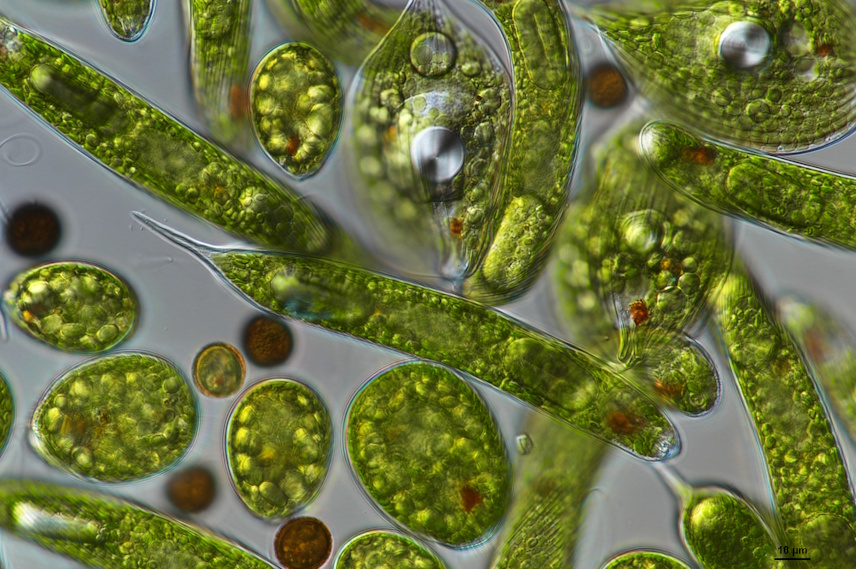
Algal revolution
Explore the hidden potential of algae in creating a greener future.
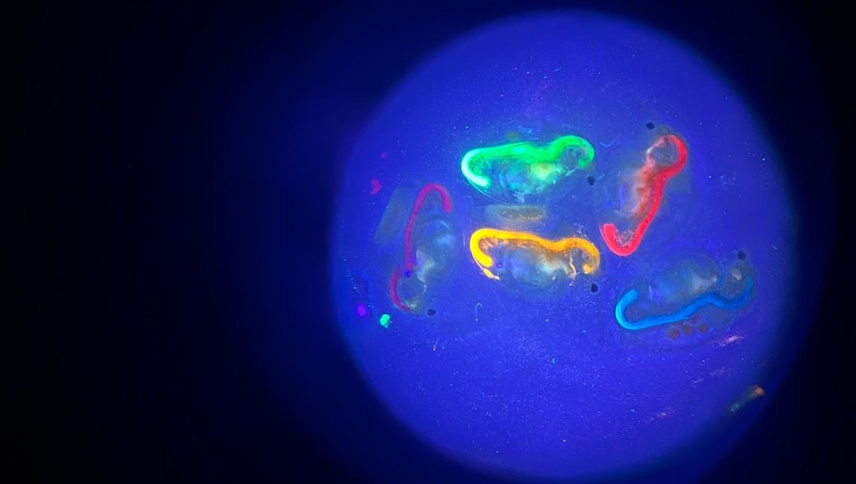
Daphnia detectives: what's in our water?
Meet tiny water fleas helping scientists monitor pollution in our rivers, streams and lakes.
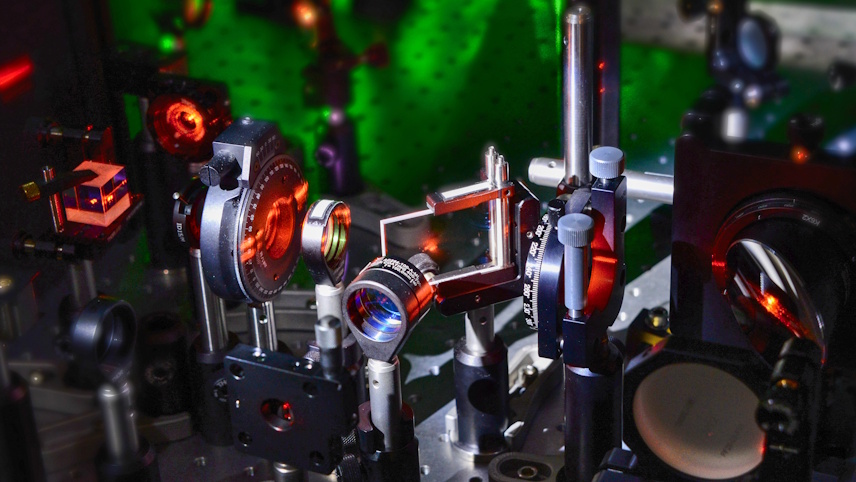
EntangleCam: quantum technology for healthcare
See the mysterious phenomenon of quantum entanglement with a camera that sees the invisible.
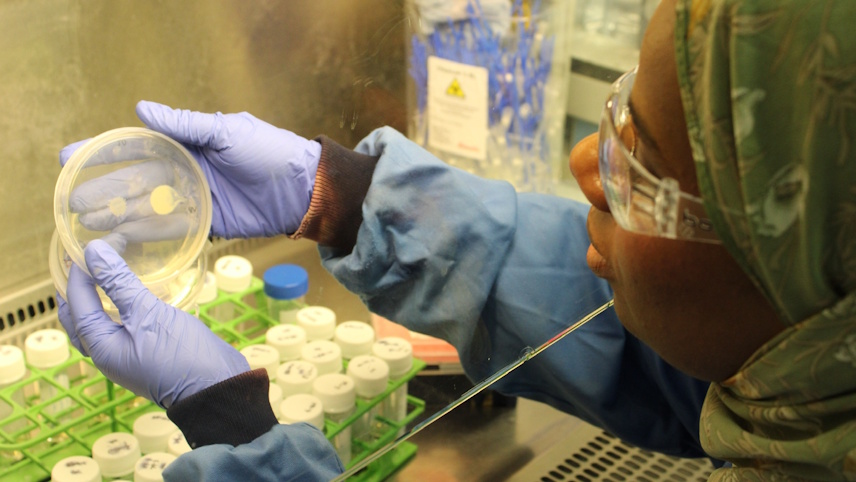
Fighting superbugs
Help tackle antimicrobial resistance by hunting for tiny bacteria-fighting viruses.
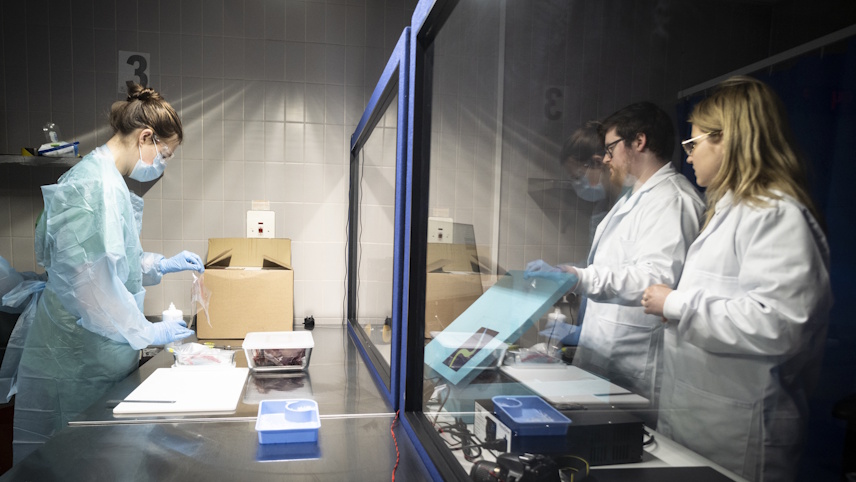
Focused energy: extraordinary ultrasound
Discover ultrasound’s potential in non-invasive brain surgery and drug delivery.
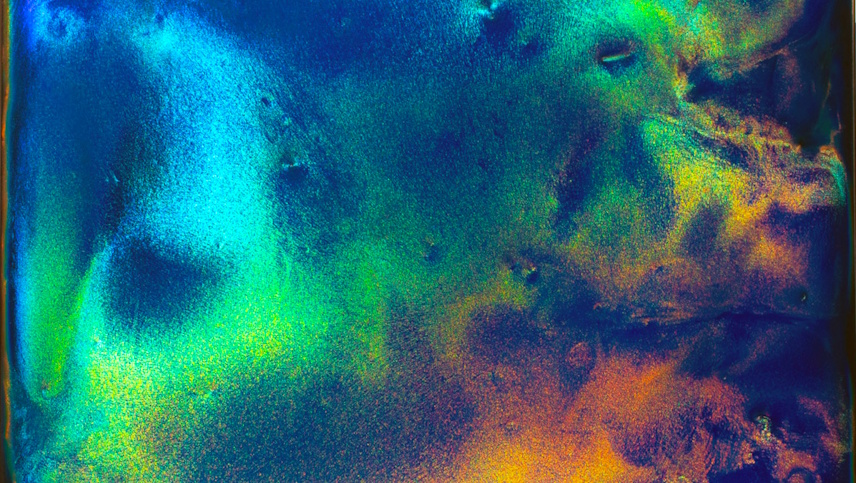
HappyMAT: bio-inspired materials
Meet scientists turning to nature to inspire new materials.
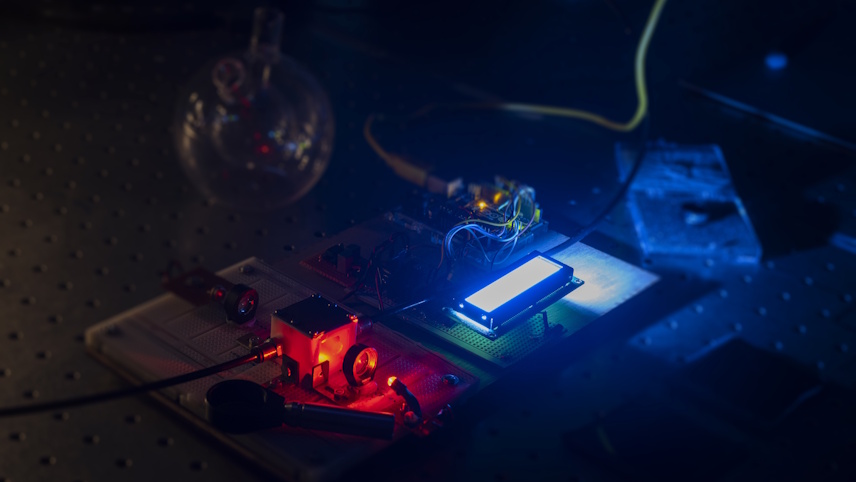
NanoGlow: lighting up a sustainable future
Find out how light-powered chemistry can clean air and create fuel.
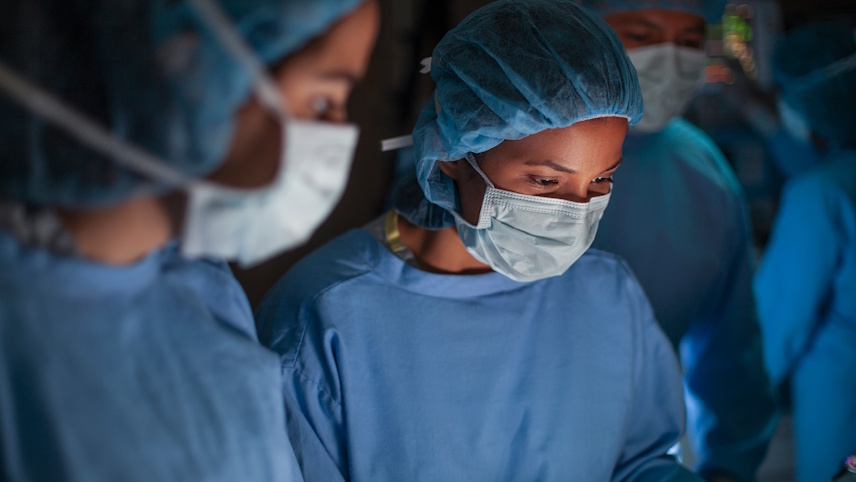
Nanotechnology and virtual reality for safer surgery
Test your accuracy and precision with a sensing surgical glove.
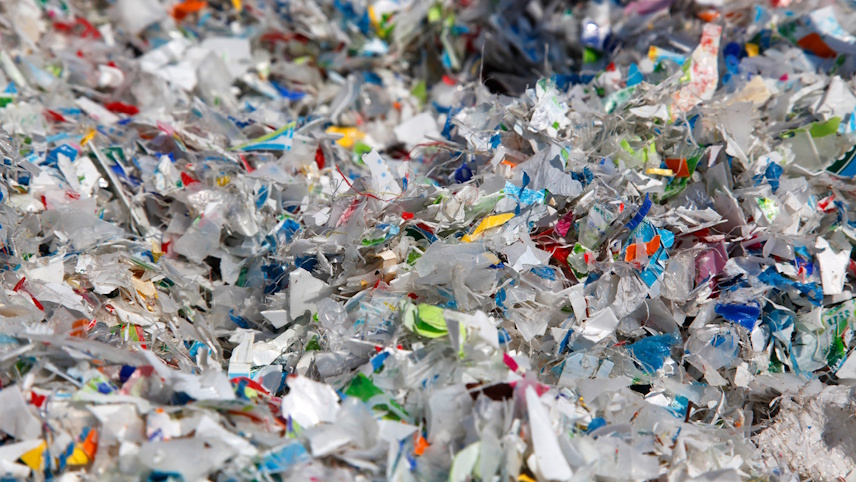
Plastic alchemy
Explore the innovative technologies that could transform plastic waste.
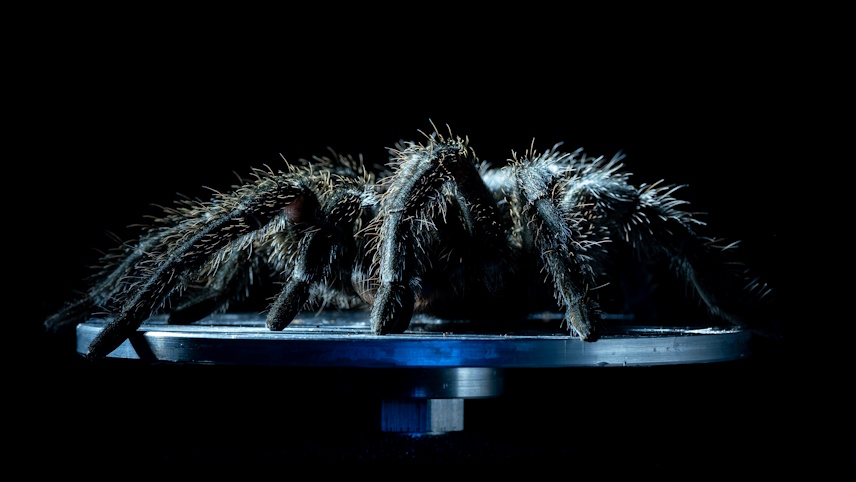
Seismic senses: from spiders to elephants
Experience the sensory world of animals of every shape and size.
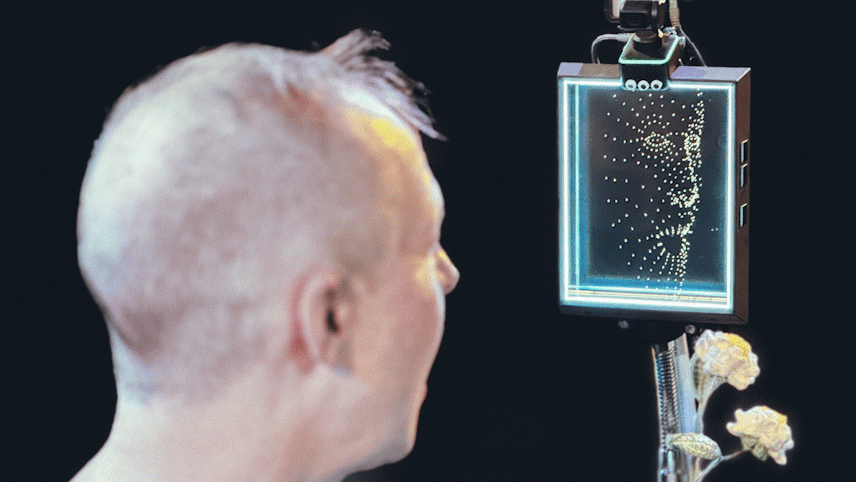
Smile powered pop music with PhotoSYNTH
Create music using facial expressions with an innovative human-computer interface.
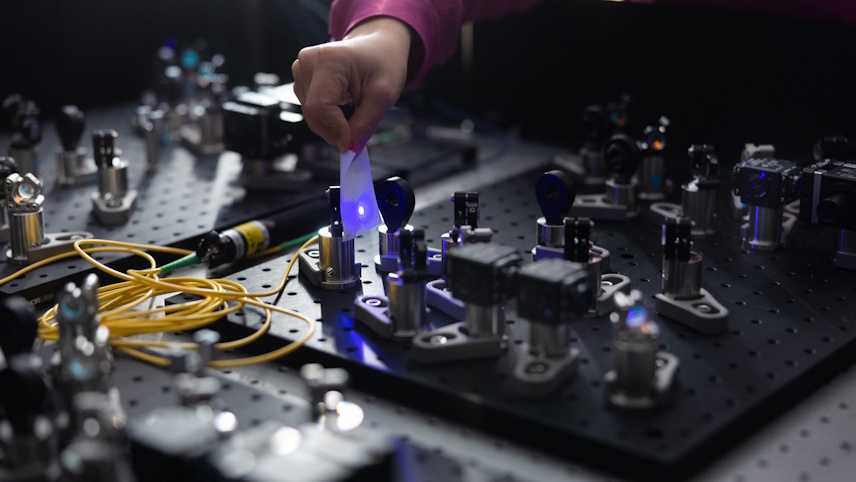
The Quantum Zone
Discover how quantum technologies are transforming our futures.
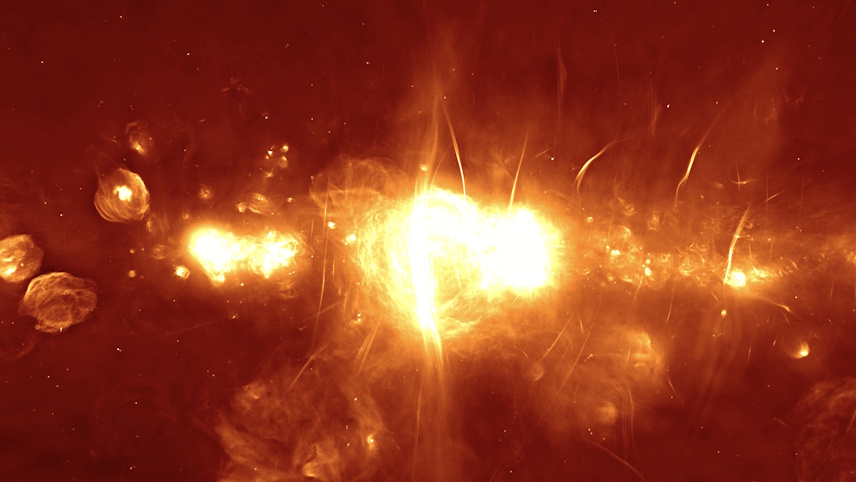
Unveiling the Universe: exploring the cosmos with the SKA Observatory
Observe our universe in unprecedented detail with the World's largest radio telescopes.
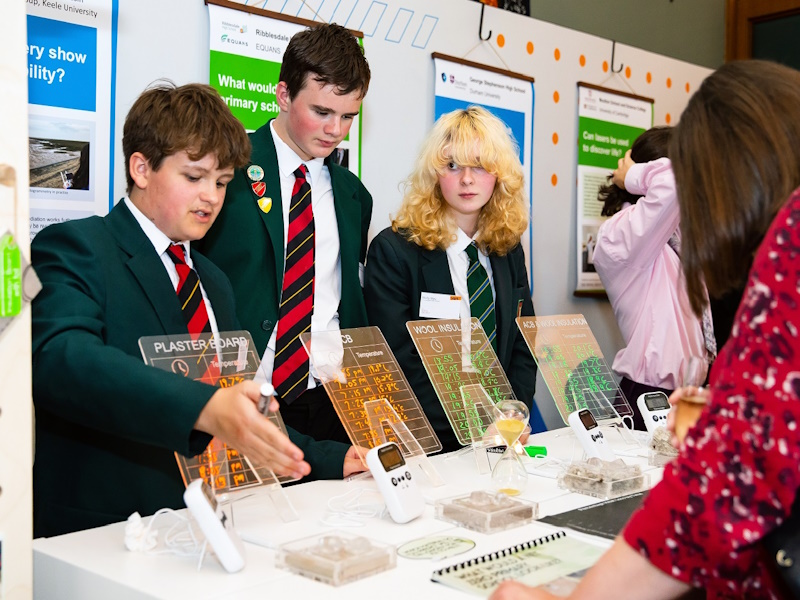
Young Researcher Zone
Investigative work being undertaken by students through the Partnership Grants scheme.
